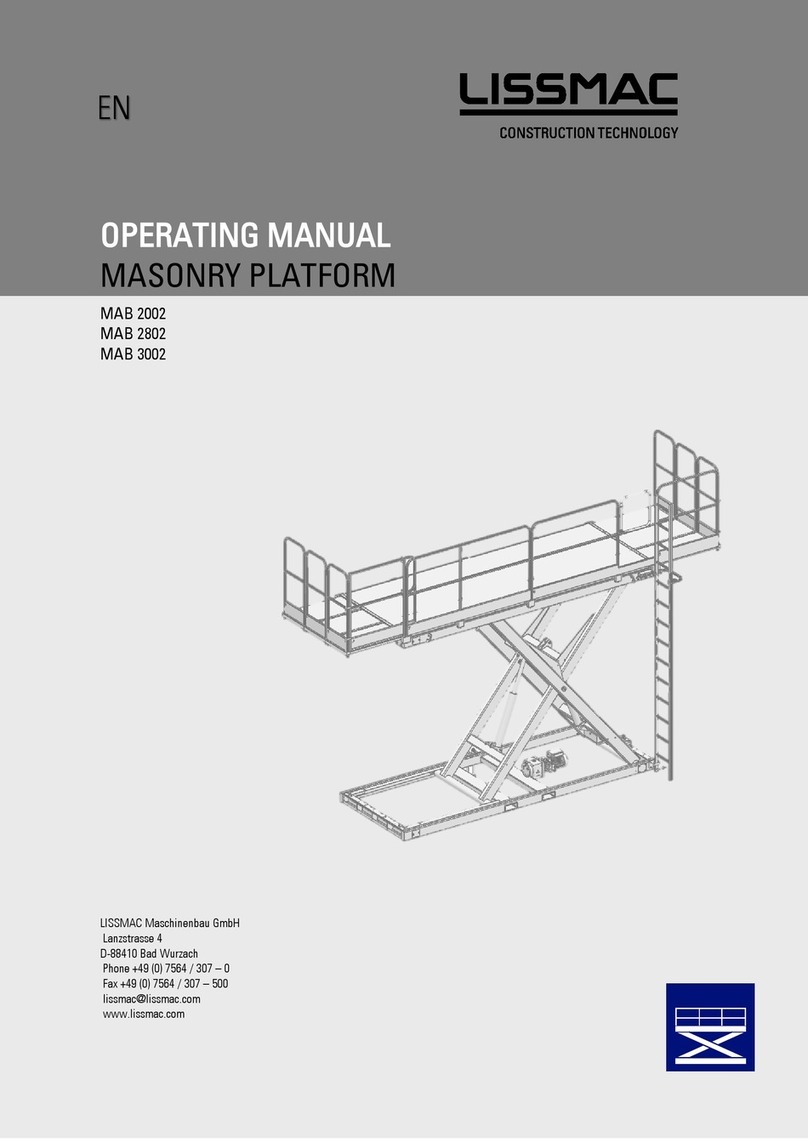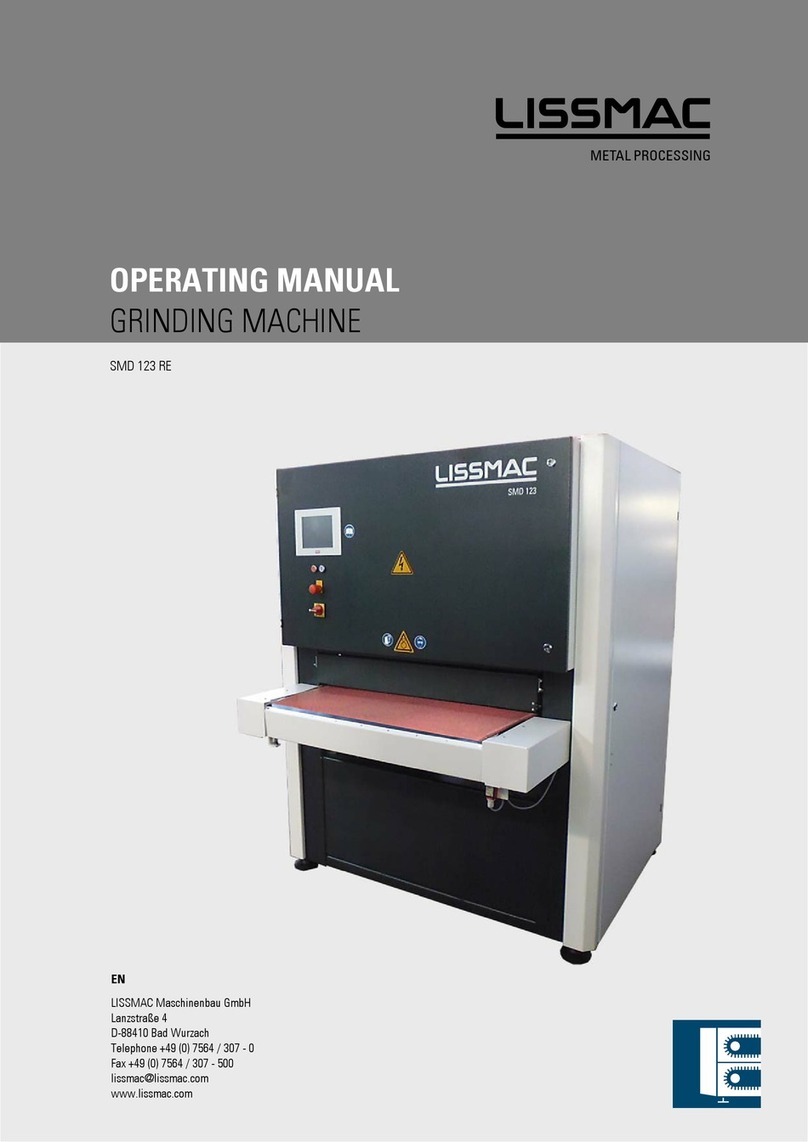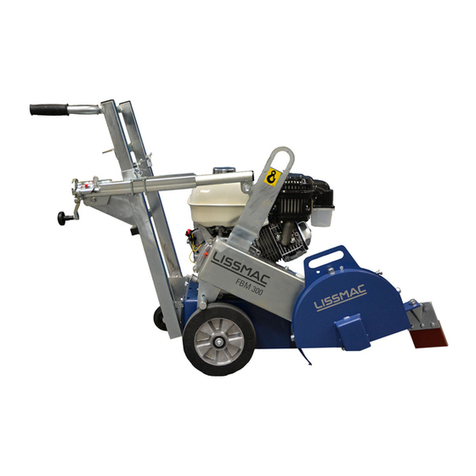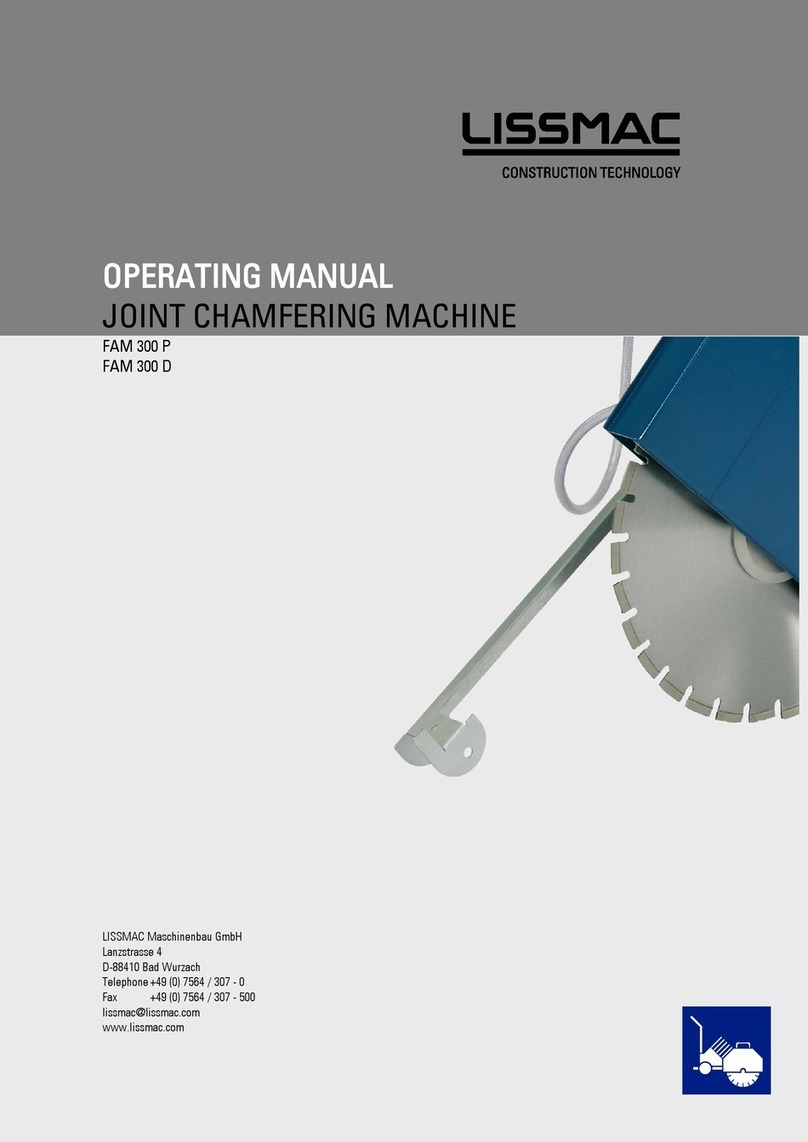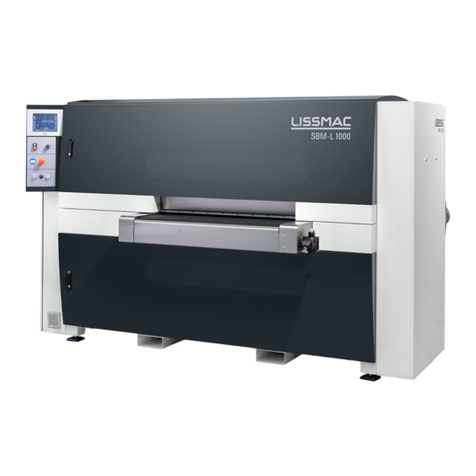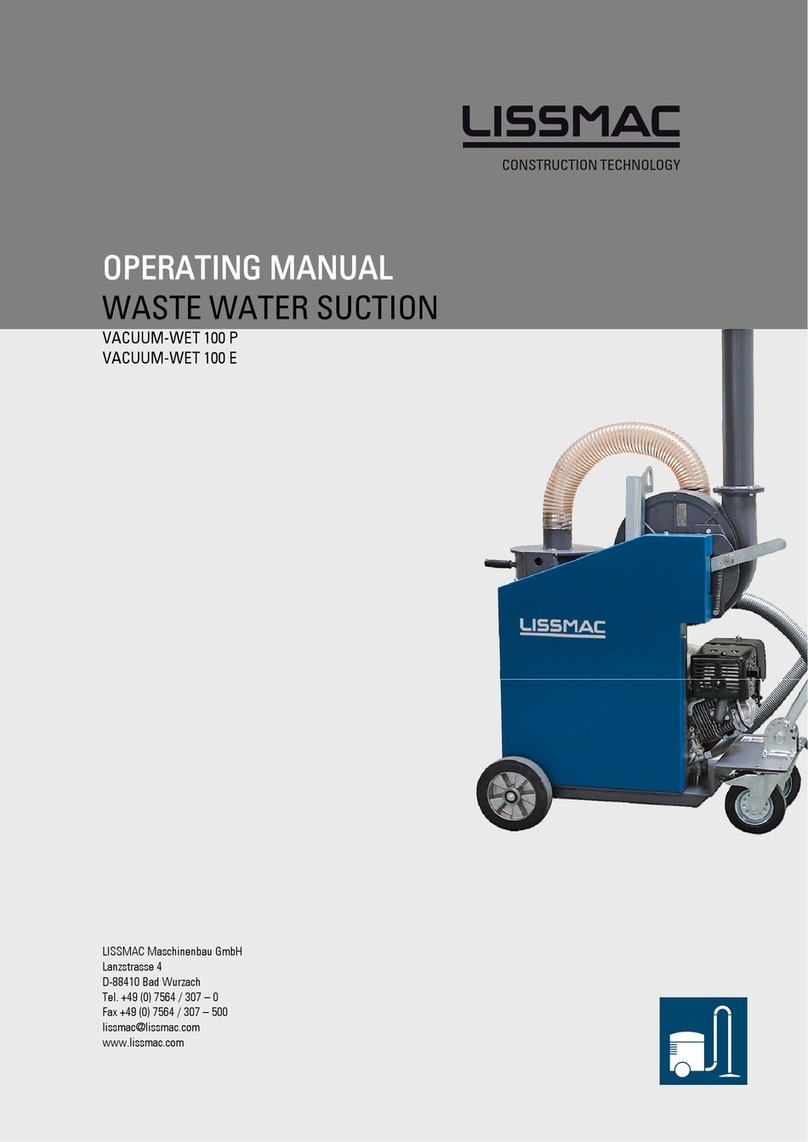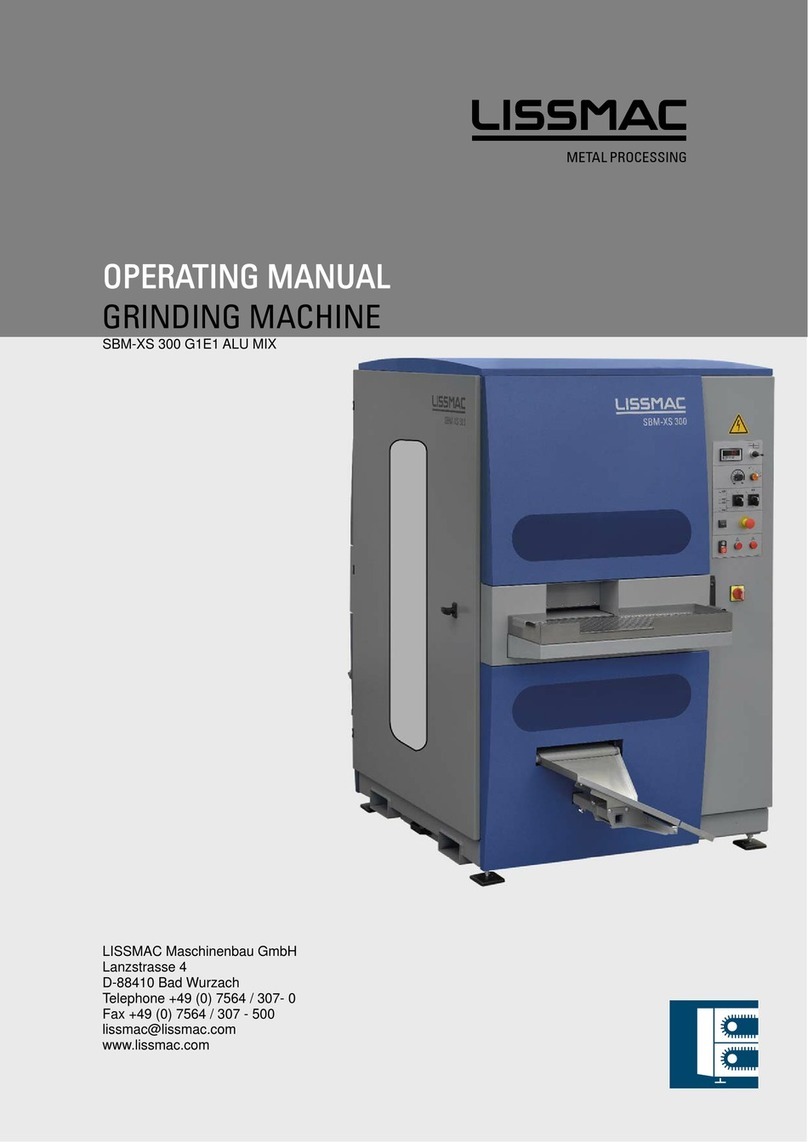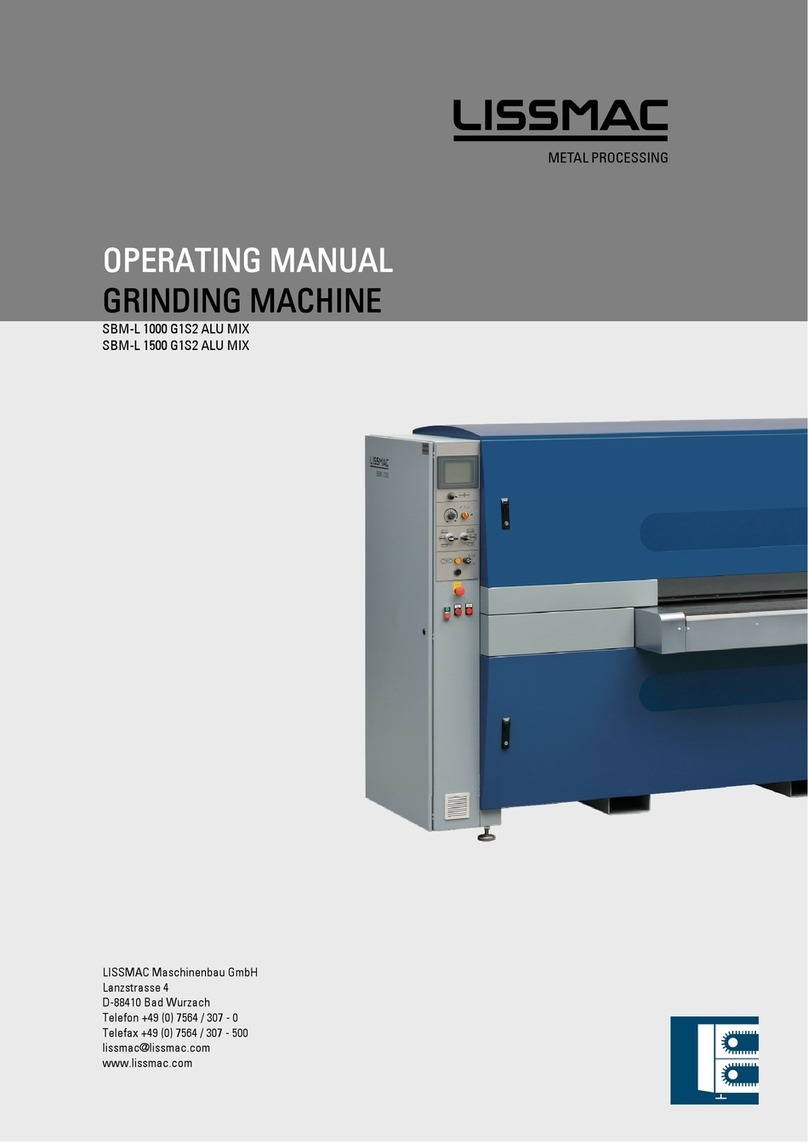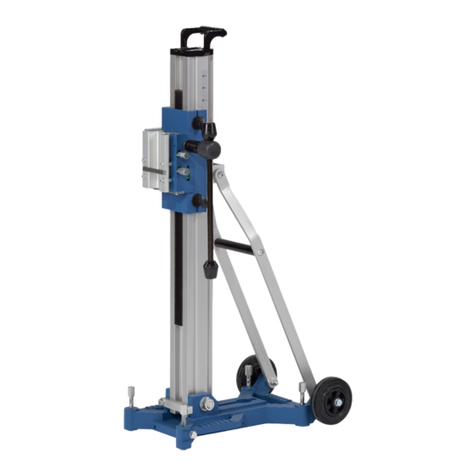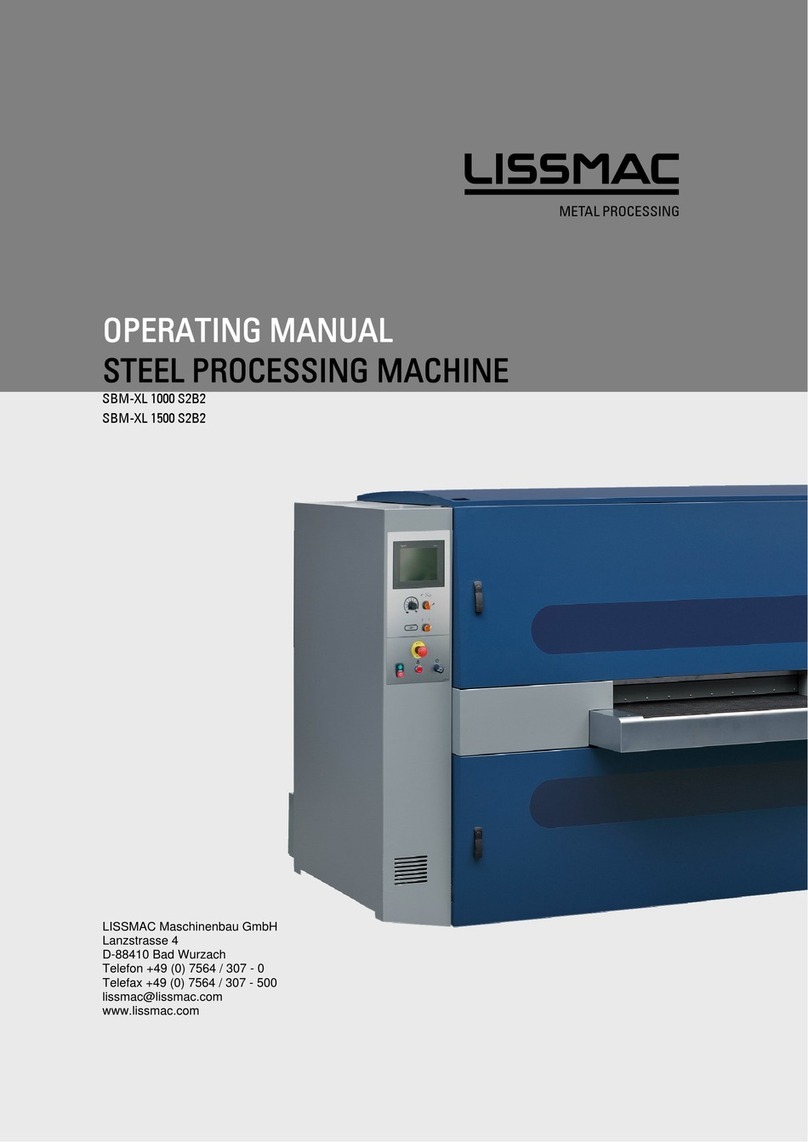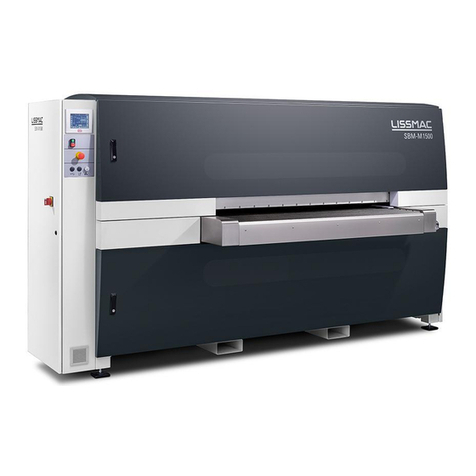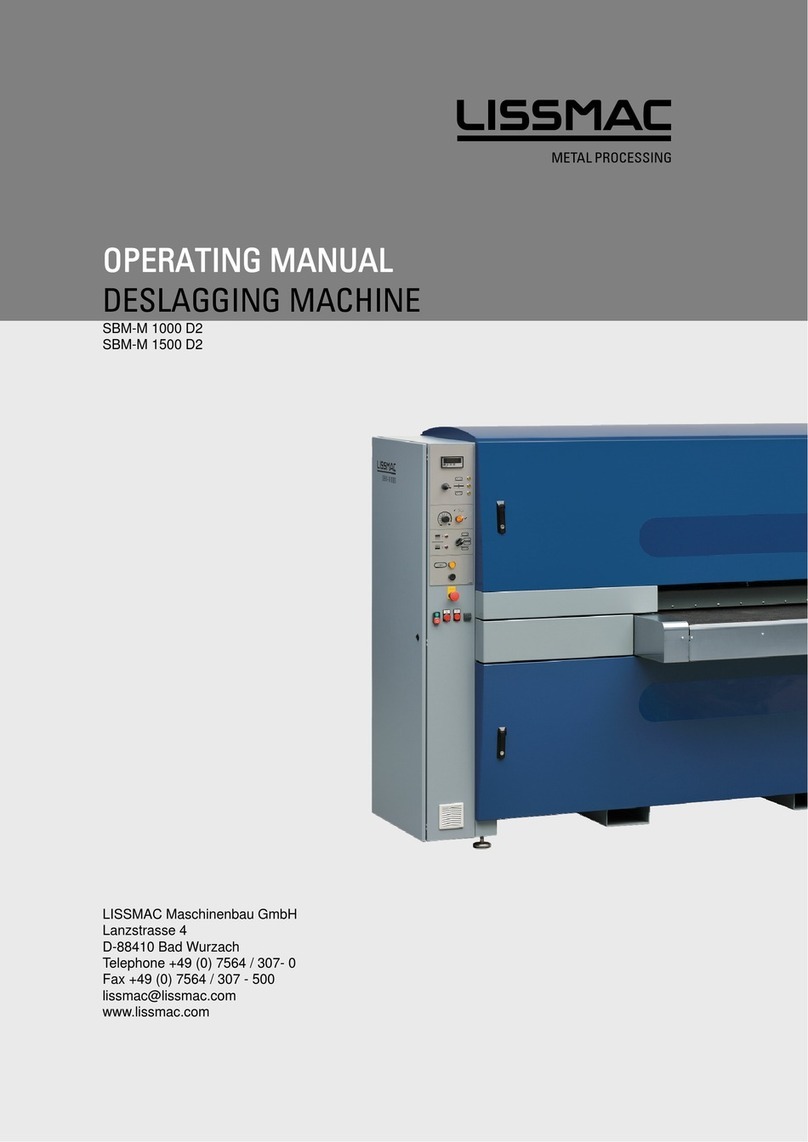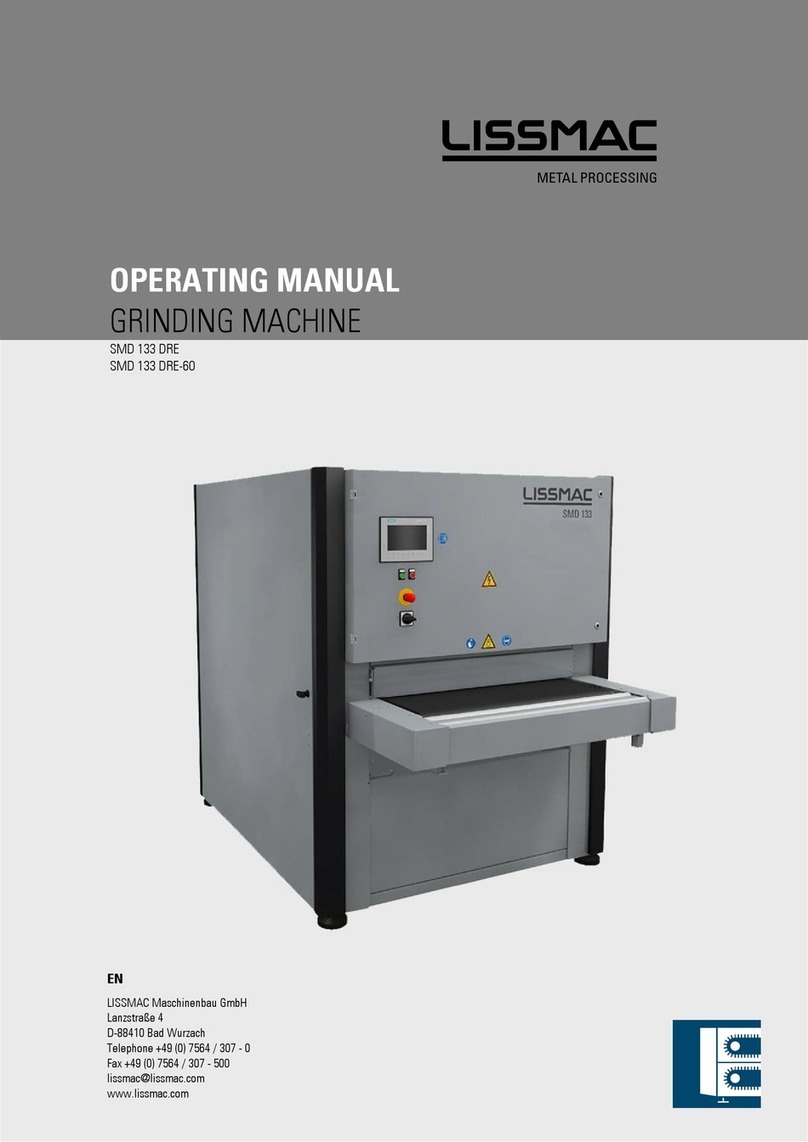
8/67
Table of Contents
Features & Benefits..........................................................................................................9
1.1. Principle of Intended Use ................................................................................................10
1.2. Organisational Measures................................................................................................12
1.3. Staff Selection and Qualification, General Obligations...................................................13
1.4. Safety Notes on Specific Operating Phases....................................................................13
1.5. Reference to Special Types of Danger ............................................................................15
1.6. Transport.........................................................................................................................16
1.7. Packaging and Storage....................................................................................................16
1.8. Environmental Protection ................................................................................................16
1.9. Disposal ..........................................................................................................................16
Machine Description......................................................................................................17
2.1. Component Overview ......................................................................................................17
2.2. Accessories.....................................................................................................................17
2.3. Protective Devices...........................................................................................................17
2.4. Technical Data ................................................................................................................19
2.5. Sound Power Level..........................................................................................................20
2.6. Load capacity of the Platform..........................................................................................20
Commissioning................................................................................................................21
3.1. Connections ....................................................................................................................21
3.2. Controls...........................................................................................................................21
3.3. Putting Down the Masonry Work Platform .....................................................................22
3.4. Setup of the Masonry Work Platform..............................................................................23
3.5. Installation of Railings ....................................................................................................24
3.6. Installation of emergency escape ladder ........................................................................25
Transport.........................................................................................................................26
4.1. Transport on Truck ..........................................................................................................26
4.2. Relocation with the Forklift.............................................................................................26
4.3. Movement with Construction Crane ...............................................................................27
4.4. Movement with the Wheel Set.......................................................................................28
Operation ........................................................................................................................29
5.1. Operation ........................................................................................................................29
5.2. Switch Off .......................................................................................................................30
5.3. Work Interruption............................................................................................................30
Disassembly....................................................................................................................31
Servicing .........................................................................................................................32
7.1. Maintenance Work .........................................................................................................32
7.2. Maintenance Braces .......................................................................................................33
7.3. Oil Level Inspection.........................................................................................................34
7.4. Hydraulic Oil....................................................................................................................34
7.5. Torque values of Screw Connections ..............................................................................34
7.6. Recurring Inspections......................................................................................................35
7.7. Maintenance Plan ...........................................................................................................36
Troubleshooting..............................................................................................................37
Accessories....................................................................................................................38
9.1. Subframes.......................................................................................................................38
9.2. Wheel Set .......................................................................................................................38
9.3. Masonry Work Platforms, Double ...................................................................................39
Decommissioning .........................................................................................................42
Special connection conditions ....................................................................................42
Warranty .......................................................................................................................43
Spare parts....................................................................................................................46
Hydraulic diagram ........................................................................................................56
Circuit diagram..............................................................................................................60

